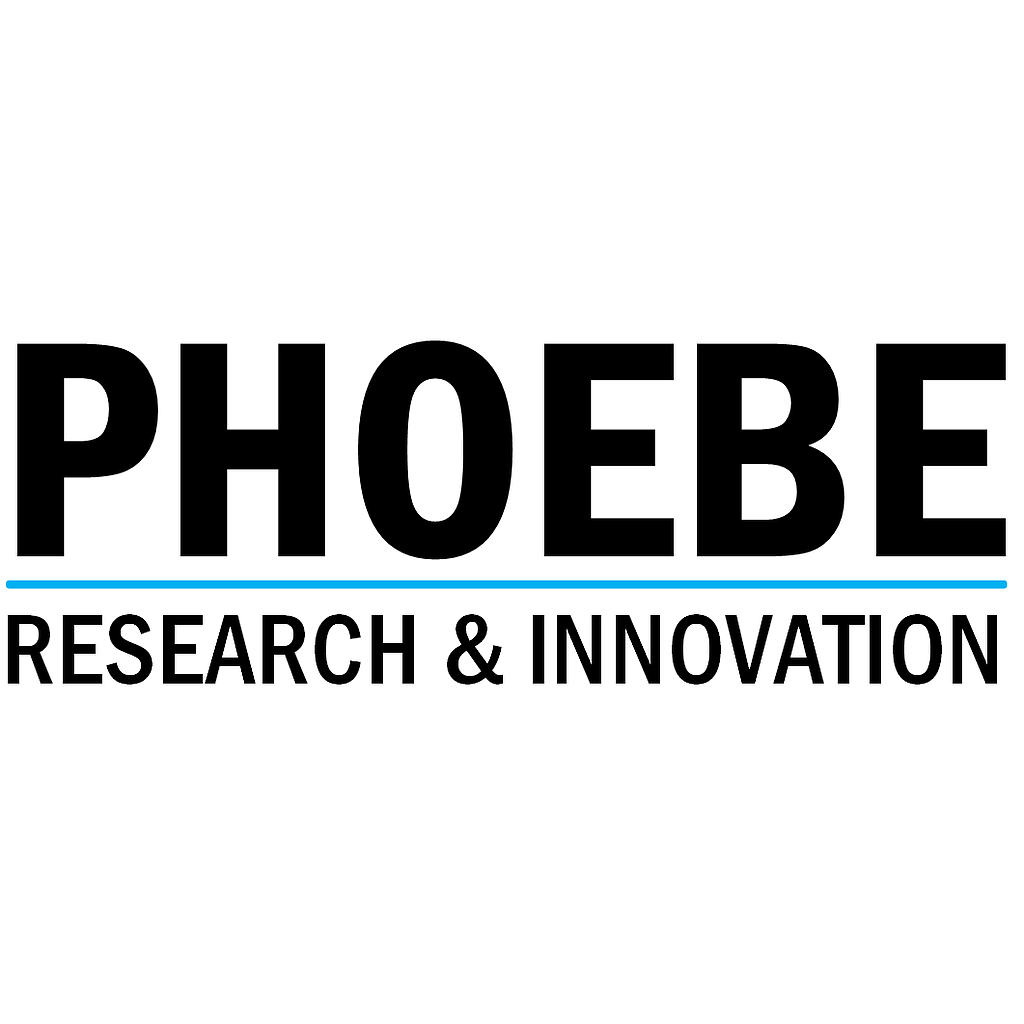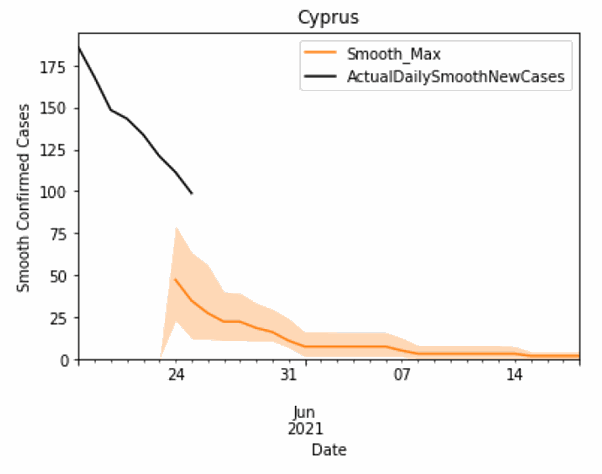The first prototype of the PandoraSEAL Platform has been released!
PandoraSEAL is our innovative data-driven intelligent ICT Platform that aims to help decision makers control the Pandora’s box.
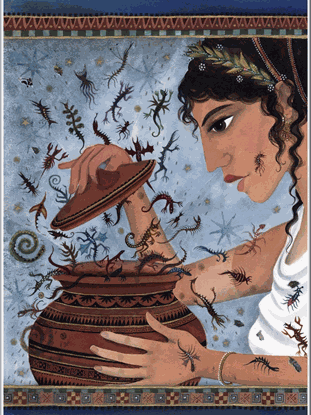
Pandora's Box
What’s in Pandora’s Box?
Pandemics
Water Contaminations
Environmental Pollution
Air Quality Issues
Flooding
Fires
Radiological Contaminants
Earthquakes
Etc.
The PandoraSEAL Platform will facilitate decision making during such events, by enabling the deployment of data collection mechanisms from citizens, integrating time-series data from IoT sensors, open data and other heterogeneous data sources, supporting the processing of data using machine-learning based analytics, enabling the design of workflows, implementing semantic reasoning mechanisms, and many more.
The first version of the PandoraSEAL Platform is being developed in the framework of the CONTROL4COVID SEED Project and focuses on the management of epidemiological data, offering policy making and business decision making support during pandemics. The Platform integrates an intelligent engine, which performs dynamic learning of parameters of epidemiological mathematical models, combined with IoT data, thus building useful knowledge and decision support tools for the authorities and the industry in cases similar to the COVID-19 pandemic. Looking at dynamically updated forecasts and estimations, they are able to make more informed decisions about measures to implement to effectively and efficiently respond to the pandemics.
Following a 6-month background research and development work on the data and the machine learning models, we are excited to be announcing the release of the first PandoraSEAL Platform prototype!
What data are we using?
How does it work?
First, the data are loaded in the Platform and the user has the option to plot them and get a first visual understanding of the situation over time. For instance, the user may request a plot (Figure 1) of the COVID-19 confirmed cases over a period of 3 months to visually examine the existence of trends.
Moving on, the user is given the option to re-train the epidemiological models (based on a neural networks’ structure) by choosing one or more countries. The historical data of these countries will be used for the training of the neural networks. To help the user with the selection of countries, the Platform returns the Mean Absolute Error (MAE) of each trained model, which indicates how good and efficient the training of the model has been (Figure 2). The lower the MAE, the better the training of the model has been. For convenience, the Platform also provides certain pre-determined clusters of countries with known low MAE.
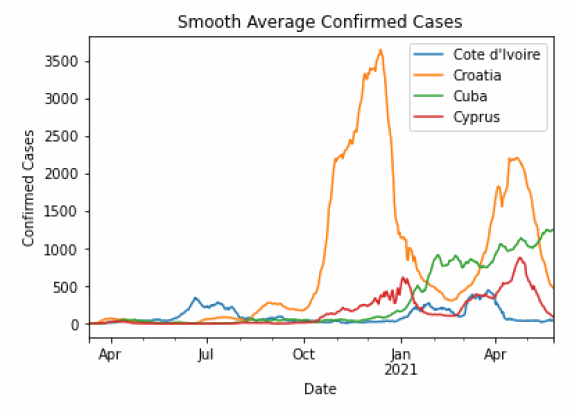
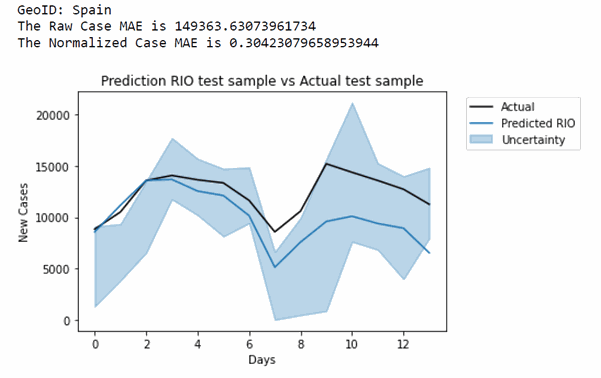 Figure 2. Training of the epidemiological model for Spain
Figure 2. Training of the epidemiological model for SpainFollowing the training of the models, the Platform is ready to perform predictions. The user is given the option to:
A) Choose the country or countries for which they want the predictions;
B) Choose a starting and end date for the prediction;
C) Build their own custom intervention plan, by choosing a set of NPIs and their respective strictness level OR by choosing one of the predefined intervention plans.
The available NPIs include:
School closing;
Workplace closing;
Cancellation of public events;
Restrictions on gathering;
Ban of public transport;
Stay-at-home requirements;
Restrictions on internal movement;
International travel controls; and
Facial coverings.
The level of strictness of each NPI ranges from 0 to 4, with 0 meaning no implementation of the NPI and 4 meaning the strictest possible level of implementation.
Predefined Intervention Plans
For convenience, the Platform provides 4 pre-defined intervention plans, as follows:
Minimum: The level of strictness of NPIs is set to 0, i.e., no NPIs are applied;
Maximum: The level of strictness of NPIs is set to the highest level of each NPI;
Freeze: The level of strictness of the last available NPIs, i.e., for predictions beyond the last known date;
Historical: The historical level of strictness of a specific period in the past is applied, i.e., the level of NPIs for the previous month (can be used for comparisons, etc.);
D) Choose among 4 available vaccination plans;
None: No vaccinations are applied;
Steady: The platform uses the vaccination data of the 14 days before the prediction period and calculates the average daily vaccinations for this period. Then, the platform assumes that the daily vaccinations are according to this average for the prediction period;
Custom fixed: The user can set their own fixed value of vaccinations per day;
Historical: Historical vaccination data of a previous data are used.
After providing all inputs, the Platform is ready to make predictions. The figures present a case where the user chooses the predefined intervention plans freeze (i.e., continue with current plan, Figure 3), maximum (implement all measures to their maximum, Figure 4), and minimum (no intervention at all, Figure 5) for the case of Cyprus. The predictions are given for the period 24/05/2021 to 18/06/2021. The black line represents the actual daily cases that were available at the time of the execution of the prediction, while the green/orange/blue lines (and respective uncertainty areas) represent the predicted cases for each of the intervention plans. It can be observed that the maximum and freeze plans would have given a very similar progress of the SARS-COV-2 cases, reaching an almost zero state by the end of the prediction period, while the no intervention plan would have created a new pick before the results of the vaccinations would become effective.
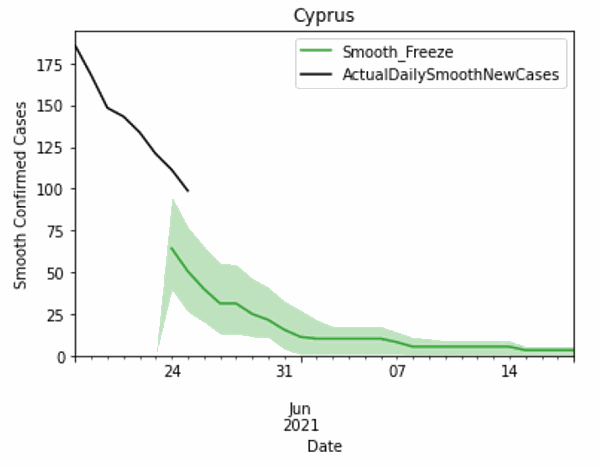 Figure 3. Predictions using the "Freeze" predefined intervention plan
Figure 3. Predictions using the "Freeze" predefined intervention planFigure 4. Predictions using the "Maximum" predefined intervention plan
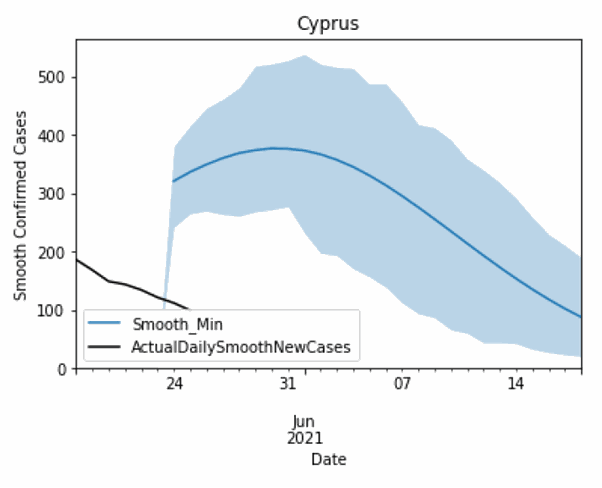 Figure 5. Predictions using the "Minimum" predefined intervention plan
Figure 5. Predictions using the "Minimum" predefined intervention planSuch data-driven Information is expected to be really valuable to policy makers who can utilize the PandoraSEAL Platform to run scenarios and make informed decisions regarding the intervention plans to implement, as well as to businesses (i.e., hotels, restaurants, etc.) who can adjust their business operations according to the predictions.
Few words about the CONTROL4COVID project
The CONTROL4COVID project has received seed funding by the Research and Innovation Foundation (RIF) under the "SEED-COVID" call of the RESTART 2016-2020 programme, with a vision to reduce the societal and economic impact of pandemics (i.e., COVID-19).
The goal of the project is to:
Provide a holistic solution to assist policy makers in deciding the most efficient responses to pandemics and other similar events;
Interface with the scientific community through anonymized data to propose modelling and response solutions;
Offer services to businesses to make informed decisions by understanding the uncertainties in the evolution of the different waves of diseases.
More information can be found at: https://phoebeinnovations.com/control4covid
